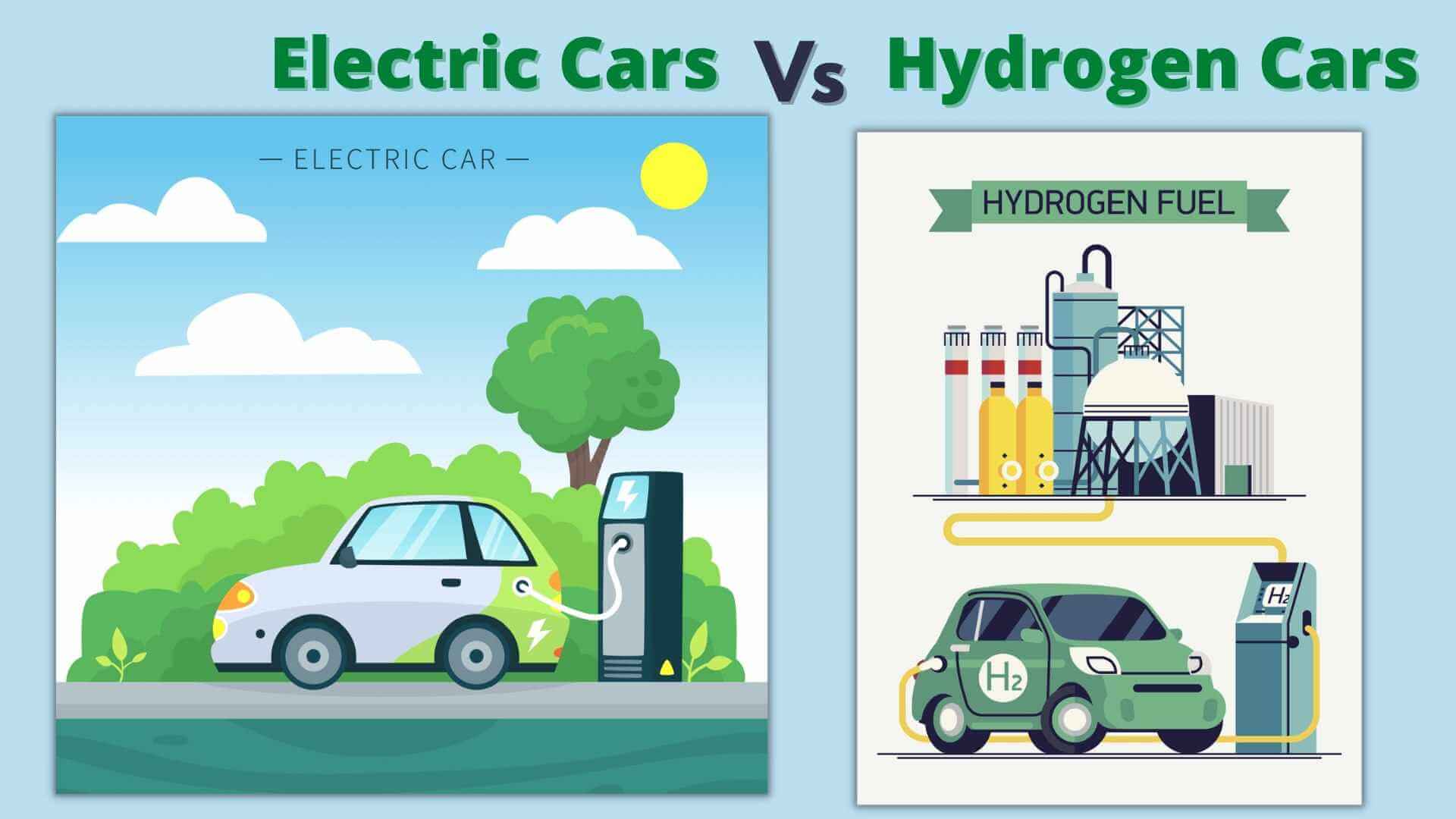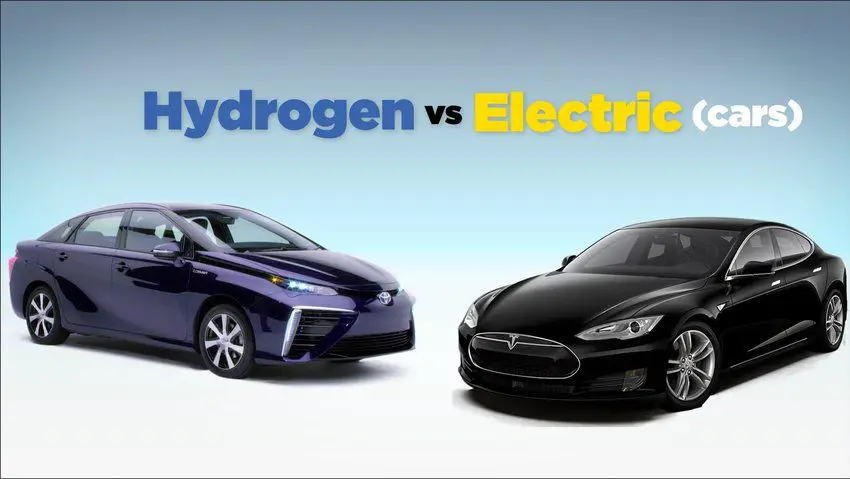The differences between hydrogen cell fuel and electric cars.
The shift to electric vehicles is happening quickly, hence hydrogen technology is finding a stronger landing with a combination of electric vehicles and plug-in hybrid technology.


The shift to electric vehicles is happening quickly, hence hydrogen technology is finding a stronger landing with a combination of electric vehicles and plug-in hybrid technology.
It is important to understand how hydrogen fuel vehicles and electric cars.
Hydrogen cars come with an electric motor which is fuelled by hydrogen fuel cells that allow hydrogen to react with oxygen to create the chemical production of electricity and water vapor. The electric charges through the hydrogen and the only emission are water vapor. In that case, it comes as a zero-carbon emission propulsion technology. Hydrogen fuel cell cars are also known as fuel cell electric vehicles or FCEVs. These FCEVs come refueled with hydrogen at the refueling stations.
On the other hand, the electric car comes powered by a lithium-ion battery pack which is paired with an electric motor. The battery pack supplies energy to the motor to power the various parts of the vehicle. The battery pack is recharged by plugging it into the electricity grid, much like any other electrical device. The majority of the EVs come with brake energy recuperation technology that allows the battery to be recharged during braking. In this case, the heat produced during brake application is converted into energy and produces electricity.
Pros of Hydrogen and Electric Cars
There are a number of pros for both electric and hydrogen cars, which relate to the technologies themselves as well as the support and availability of each type of vehicle.
Electric Cars
The infrastructure for electric cars is more advanced than that for hydrogen-powered vehicles. Governments around the world have been investing in infrastructure such as charging stations at existing petrol stations and motorway rest stops, shopping center car parks, and even on the side of some streets. The UK also offers grants towards the purchase and installation of domestic charging points.
Electric vehicles are also cheaper than hydrogen-powered cars, while the cost of recharging is also less during off-peak grid times, making electric vehicles a good long-term investment.
Electric cars run silently and produce no exhaust fumes, meaning that there is no noise or air pollution, while they also consume no energy when stationary.
Electric motors are also reliable due to the lack of moving mechanical parts (when compared to combustion engines).
Hydrogen Cars
Hydrogen cars provide many similar benefits to electric cars, including the all-important lack of polluting emissions.
While the process to produce hydrogen gas can be complex, it is the most abundant element in the universe, meaning that hydrogen is a renewable fuel source.
Hydrogen cars are also much faster to refuel than electric cars, while also offering greater ranges than electric vehicles. For example, Renault’s Kangoo Z.E. Hydrogen and Master Z.E. Hydrogen have range extender fuel cells that deliver ranges of over 350 kilometers and charge times of just 5-10 minutes.
Key Components of a Hydrogen Fuel Cell Electric Car
i) Battery (auxiliary): In an electric drive vehicle, the low-voltage auxiliary battery provides electricity to start the car before the traction battery is engaged; it also powers vehicle accessories.
ii) Battery pack: This high-voltage battery stores energy generated from regenerative braking and provides supplemental power to the electric traction motor.
iii) DC/DC converter: This device converts higher-voltage DC power from the traction battery pack to the lower-voltage DC power needed to run vehicle accessories and recharge the auxiliary battery.
iv) Electric traction motor (FCEV): Using power from the fuel cell and the traction battery pack, this motor drives the vehicle's wheels. Some vehicles use motor generators that perform both the drive and regeneration functions.
v) Fuel cell stack: An assembly of individual membrane electrodes that use hydrogen and oxygen to produce electricity.
vi) Fuel filler: A nozzle from a fuel dispenser attaches to the receptacle on the vehicle to fill the tank.
vii)Fuel tank (hydrogen): Stores hydrogen gas onboard the vehicle until it's needed by the fuel cell.
viii) Power electronics controller (FCEV): This unit manages the flow of electrical energy delivered by the fuel cell and the traction battery, controlling the speed of the electric traction motor and the torque it produces.
ix) Thermal system (cooling) - (FCEV): This system maintains a proper operating temperature range of the fuel cell, electric motor, power electronics, and other components.
x) Transmission (electric): The transmission transfers mechanical power from the electric traction motor to drive the wheels.




